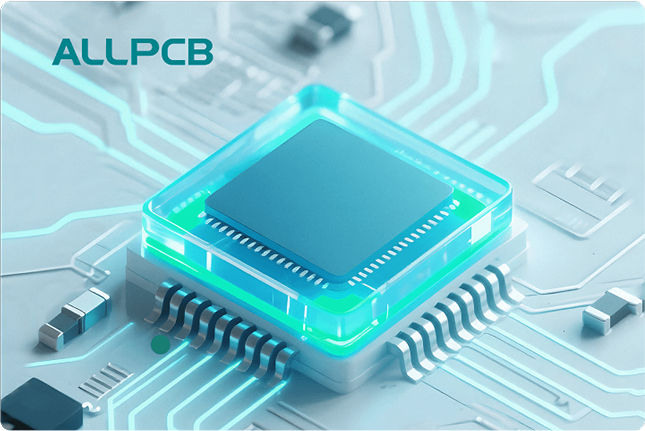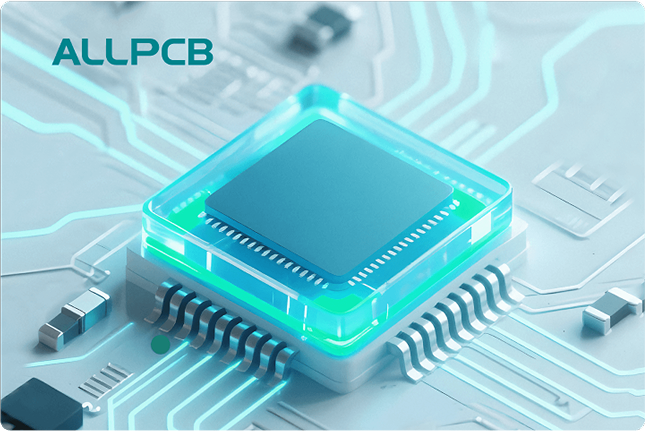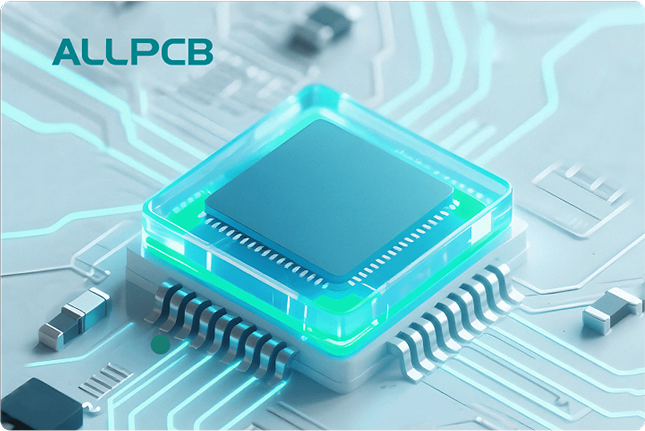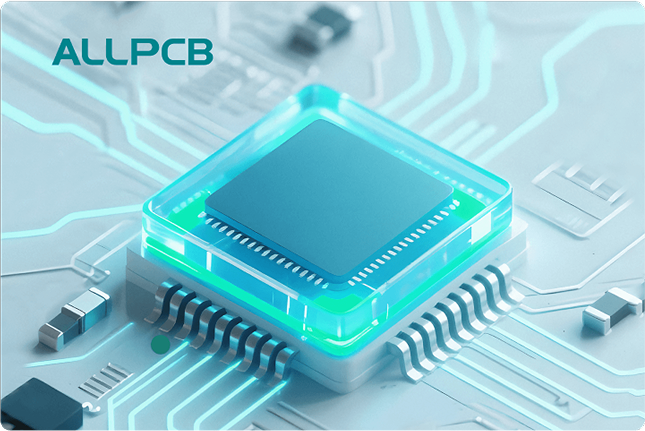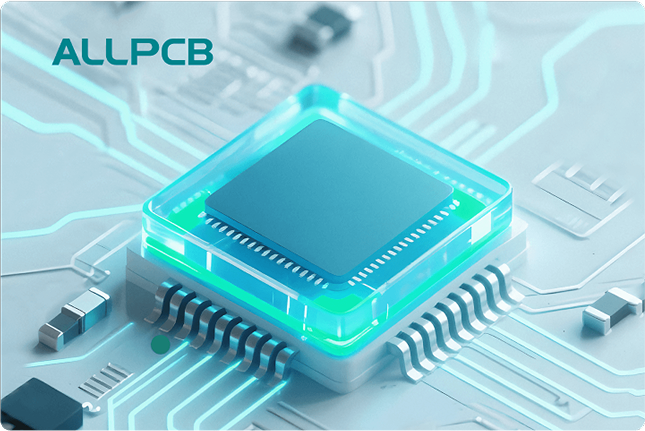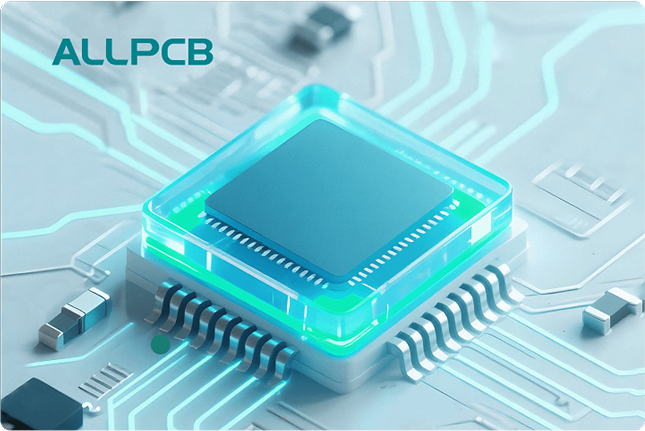When it comes to flexible PCB assembly, selecting the right flux is critical for overcoming unique soldering challenges and ensuring reliable performance in flexible electronics. Flux plays a vital role in removing oxides, improving solder wetting, and creating strong joints, but the delicate nature of flex circuits, combined with high-temperature environments, demands careful consideration. In this comprehensive guide, we’ll explore how to choose the best flux for flexible PCBs, tackle common soldering issues, and address the specific needs of high-temperature flex applications with specialty flux solutions.
Whether you’re working on wearable devices, medical equipment, or automotive systems, understanding flux selection can make or break your project. Let’s dive into the details of flex circuit flux, soldering challenges, and actionable tips to achieve top-notch results in flexible electronics assembly.
What Makes Flexible PCB Assembly Different?
Flexible PCBs, often referred to as flex circuits, are designed to bend and conform to unique shapes, making them ideal for compact and lightweight applications. Unlike rigid PCBs, flex circuits use thin, pliable materials like polyimide or polyester, which allow for dynamic movement. However, this flexibility introduces distinct challenges during assembly, especially when soldering components.
The substrate materials in flexible electronics are more sensitive to heat and mechanical stress. Excessive temperatures can cause warping, delamination, or damage to the thin layers. Additionally, the smaller pad sizes and tighter component spacing on flex PCBs require precision in soldering to avoid defects like bridging or insufficient wetting. These factors make flux selection a cornerstone of successful flexible PCB assembly, as the right flux can mitigate heat-related issues and ensure strong, reliable connections.
The Role of Flux in Flexible PCB Soldering
Flux is a chemical agent used during soldering to clean metal surfaces, remove oxides, and promote better adhesion between solder and the components. In flexible PCB assembly, flux serves multiple purposes:
- Oxide Removal: It cleans copper pads and component leads, ensuring a strong bond.
- Wetting Improvement: Flux reduces surface tension, allowing solder to flow evenly over pads and leads.
- Heat Protection: It helps manage heat distribution, which is crucial for preventing damage to delicate flex circuit materials.
Without the right flux, soldering challenges like cold joints, insufficient wetting, or residue buildup can compromise the performance and longevity of flexible electronics. Choosing a flux tailored to the specific needs of flex circuits can significantly improve assembly outcomes.
Key Soldering Challenges in Flexible PCB Assembly
Soldering flexible PCBs is inherently more complex than working with rigid boards. Below are some of the most common challenges engineers face during flex circuit assembly:
1. Heat Sensitivity of Flex Materials
Flexible PCBs often use polyimide substrates that can withstand temperatures up to 260°C for short durations. However, prolonged exposure to high heat during soldering can cause the material to deform or lose its adhesive properties. This is especially problematic in high-temperature flex applications, where components may require soldering at elevated temperatures.
2. Mechanical Stress and Fragility
The thin and lightweight nature of flex circuits makes them prone to mechanical stress. Excessive pressure from soldering tools or improper handling can tear the substrate or damage traces. Flux must facilitate quick and efficient soldering to minimize contact time and reduce stress on the board.
3. Small Pad Sizes and Tight Spacing
Flexible electronics often feature miniaturized designs with pad sizes as small as 0.2 mm and component spacing under 0.5 mm. This leaves little room for error, as excess flux or solder can cause bridging between pads, leading to short circuits.
4. Residue and Cleaning Issues
Flux residues left after soldering can attract moisture or contaminants, potentially causing corrosion or electrical failures in flexible PCBs. However, the delicate nature of flex circuits makes aggressive cleaning methods risky, as they can damage the substrate or components.
Flux Types for Flexible PCB Assembly
Selecting the right flux for flexible PCB soldering involves understanding the different types available and their suitability for flex circuits. Here are the primary flux categories and their applications in flexible electronics:
1. Rosin-Based Flux
Rosin flux, derived from pine tree resin, is a popular choice for electronics soldering due to its mild cleaning action and compatibility with a wide range of materials. It is available in three activity levels:
- R (Rosin): Least active, suitable for clean surfaces with minimal oxidation.
- RMA (Rosin Mildly Activated): Offers moderate cleaning for slightly oxidized surfaces.
- RA (Rosin Activated): Highly active for heavily oxidized surfaces, but may leave residues that require cleaning.
For flexible PCBs, RMA flux is often preferred as it balances cleaning power with minimal residue, reducing the need for aggressive post-soldering cleaning.
2. No-Clean Flux
No-clean flux is designed to leave minimal residue that does not require removal after soldering. This is particularly beneficial for flexible PCB assembly, where cleaning can risk damaging the substrate. No-clean fluxes are ideal for applications with tight spacing and small pads, as they reduce the risk of residue-related issues. However, they may not be suitable for high-temperature flex applications, as residues can become conductive under extreme conditions.
3. Water-Soluble Flux
Water-soluble flux offers strong cleaning action for heavily oxidized surfaces and is easy to remove with water after soldering. While effective, it is less commonly used in flexible electronics due to the risk of moisture damage during cleaning. If used, engineers must ensure thorough drying to prevent long-term reliability issues.
4. Specialty Flux for High-Temperature Flex
In high-temperature flex applications, such as automotive or industrial systems, standard fluxes may break down or fail to perform. Specialty fluxes are formulated to withstand temperatures above 300°C, ensuring proper wetting and joint formation without degrading. These fluxes often incorporate synthetic activators and are designed for use with lead-free solders, which require higher soldering temperatures (typically 240-260°C compared to 180-200°C for leaded solders).
How to Choose the Right Flux for Flexible PCBs
Selecting the appropriate flux for flexible PCB assembly requires evaluating several factors specific to your project. Follow these steps to make an informed decision:
1. Assess Material Compatibility
Ensure the flux is compatible with the flex circuit’s substrate (e.g., polyimide) and the solder alloy being used. For instance, lead-free solders often require more aggressive fluxes due to their higher melting points, but overly aggressive fluxes can damage delicate flex materials.
2. Consider Soldering Temperature
Match the flux to the soldering temperature range. For high-temperature flex applications, opt for specialty fluxes that maintain stability and effectiveness at elevated temperatures. Standard fluxes may evaporate or lose activity above 250°C, leading to poor solder joints.
3. Evaluate Residue Management
Determine whether post-soldering cleaning is feasible for your flex PCB design. If cleaning is not an option, choose a no-clean flux with minimal, non-corrosive residue. If cleaning is possible, ensure the flux residues can be removed without damaging the flex circuit.
4. Account for Component Density
For densely populated flexible PCBs with tight spacing, select a flux with low viscosity to prevent excess application, which can lead to bridging. Gel or tacky fluxes offer better control in such scenarios, ensuring precise application on small pads.
Best Practices for Soldering Flexible PCBs with Flux
Even with the right flux, soldering flexible PCBs requires careful techniques to avoid damage and ensure reliability. Here are some practical tips to follow:
1. Use Low-Temperature Soldering Profiles
Whenever possible, use a soldering profile with the lowest effective temperature to minimize thermal stress on the flex circuit. For lead-free solders, aim for a peak temperature of 240-250°C for no longer than 5-10 seconds per joint.
2. Apply Flux Sparingly
Excess flux can pool under components or between pads, increasing the risk of bridging or residue buildup. Use a fine-tip applicator or stencil to apply just enough flux to clean the surfaces without oversaturation.
3. Support the Flex Circuit During Soldering
Flexible PCBs can bend or shift during soldering, leading to misalignment. Use a fixture or temporary stiffener to hold the board in place, ensuring precise component placement and soldering.
4. Monitor Residue After Soldering
After soldering, inspect the flex PCB for flux residue, especially in high-temperature flex applications where residues can degrade over time. If using a no-clean flux, verify that residues are non-conductive and do not pose a risk to long-term reliability.
Addressing High-Temperature Flex Challenges with Specialty Flux
High-temperature flex applications, such as those in automotive or aerospace industries, push the limits of standard soldering materials and processes. Operating environments can exceed 150°C, and soldering temperatures for lead-free alloys often reach 260°C or higher. Specialty fluxes are engineered to address these challenges by offering:
- Thermal Stability: They remain effective at high temperatures without breaking down or evaporating.
- Enhanced Wetting: Improved wetting properties ensure strong joints even with lead-free solders on flex circuits.
- Reduced Residue Activity: Residues from specialty fluxes are less likely to become conductive or corrosive in high-temperature conditions.
When working on high-temperature flex projects, pair specialty flux with compatible soldering equipment, such as reflow ovens with precise temperature control (within ±5°C accuracy), to prevent overheating the flex substrate.
Conclusion: Mastering Flux Selection for Flexible PCB Success
Flux selection is a critical step in overcoming the unique challenges of flexible PCB assembly. From heat sensitivity and mechanical fragility to tight spacing and high-temperature demands, flex circuits require tailored solutions to ensure reliable soldering outcomes. By understanding the role of flux, evaluating different types like rosin-based, no-clean, and specialty options, and following best practices, engineers can achieve strong, durable connections in flexible electronics.
Whether you’re designing wearable tech or high-temperature flex systems for industrial use, the right flux can elevate your assembly process. Take the time to assess your project’s specific needs, match the flux to your materials and soldering conditions, and implement precise techniques for optimal results. With these strategies, you’ll navigate the complexities of flex circuit soldering with confidence and precision.
 ALLPCB
ALLPCB


